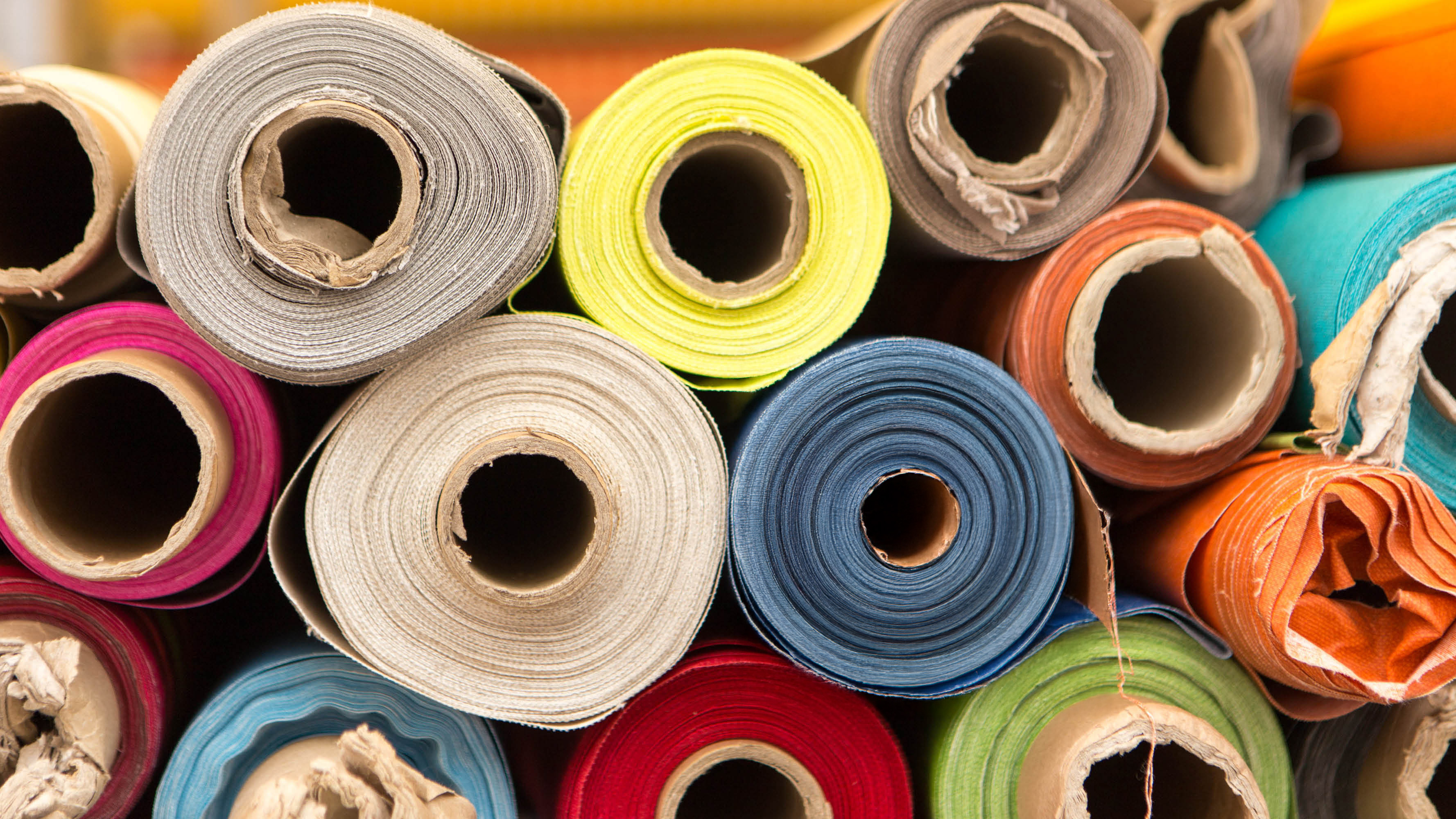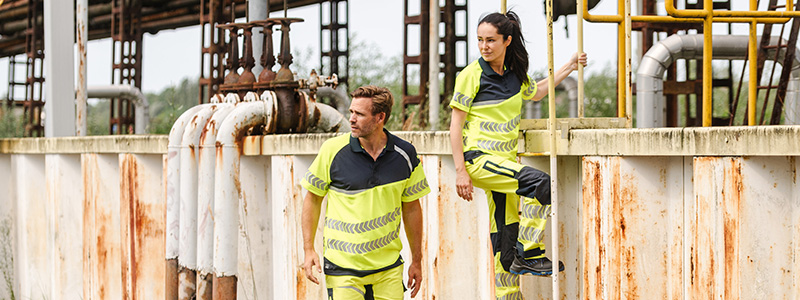FR-Treated versus inherent: what’s the real deal?

We often hear this in the market: “Does an FR-treated fabric lose its flame-retardant properties after washing?” The short answer: no. Yet, there is still a lot of confusion around this topic. That’s why we clearly explain the difference between inherently flame-retardant and FR-treated fabrics – including what this means for wearer protection.
Both types of fabric comply with the European standards EN ISO 11612 and EN ISO 11611. The difference lies in how the fabric becomes flame-retardant:
- 1. Inherent fabrics contain fibers such as modacrylic or aramid that are naturally flame-retardant.
- 2. FR-treated fabrics consist of a cellulose-based material (such as cotton) that is made flame-retardant through chemical treatment.
To better understand the performance and durability of both types, we asked Textile Innovator Kees Timmermans to provide insight.
1. Does an FR-treated fabric lose its properties in the wash?
“This is one of the biggest misconceptions in our industry. Many people believe that an FR-treated fabric completely loses its flame-retardant protection after a certain number of wash cycles. Our tests show this is absolutely not the case. Together with Syensqo (formerly Solvay), supplier of Proban, we tested fabrics after 50, 100 and even 150 industrial wash and dry cycles according to ISO 15797. The fabrics were then retested for flame-retardant performance. The results? The LOI (Limiting Oxygen Index) remained well above the critical threshold of 26%, even after 150 washes. The drop in LOI was only 1.4%, which is negligible. This drop occurs because a small amount of cotton fiber is lost during washing – a normal process.”
2. What are the advantages of an inherently flame-retardant fabric?
“The main advantage of inherent fabrics is that the flame-retardant properties are part of the fiber itself. This means protection doesn’t diminish through washing or wear. Fibers like Nomex (aramid) or modacrylic retain their properties throughout the fabric’s lifespan.”
Comparison of LOI values per fiber type (in % oxygen):
| Fiber Type / Fabric | LOI Value [% O2] |
|---|---|
| Air (reference value) | 21 |
| Cotton / Lyocell | 18–19 |
| Polyester | 20–22 |
| Polyamide | 20–24 |
| Wool | 25–26 |
| Modacrylic | 26–30 |
| Meta-aramid (Nomex, Kermel) | 28–32 |
| PBI (Polybenzimidazole) | 40–41 |
| PBO (Polybenzoxazole) | 68 |
| Melamine (Basofil) | 30–40 |
| Novaloid (Kynol) | 30–35 |
| Polyimide (Pi, P84) | 38–41 |
| Preox (oxidized PAN) | >50 |
| Carbon fiber | >60 |
| Cotton-polyester Proban blend | 28.5 |
| Proban after 50 washes | 28.0 |
| Proban after 100 washes | 27.3 |
| Proban after 150 washes | 27.1 |
3. What are the advantages of an FR-treated fabric?
“The biggest advantage is cost-efficiency. You get a high level of protection at a more affordable price than inherently flame-retardant fabrics. Our tests also show that a Proban-finished fabric still performs excellently after 150 washes. And in practice? Garments are often replaced before they reach 50 washes due to wear or damage. That makes FR-treated fabrics a smart choice in many cases – in terms of protection, comfort, and budget. Our fabrics are Proban-finished cotton blends. Thanks to this composition, the fabric retains the comfort of cotton while fully meeting fire safety requirements. In addition, Proban offers reliable quality assurance: each batch is independently tested in new condition and after 50 industrial wash and dry cycles.”
FR-Treated Fabrics: Safety That Lasts, Even After Intensive Washing
The idea that FR-treated fabrics lose their flame-retardant effectiveness through washing is persistent – but incorrect. Independent tests confirm that these fabrics continue to offer excellent protection even after multiple washes. Both inherent and FR-treated fabrics meet the strictest safety standards. The best choice depends on the application, workplace risks, and available budget.
The VH Vision
When choosing between an inherent or FR-treated solution, it’s important to consider the mass, energy, and oxygen levels in the work environment. These factors determine which fiber and which LOI value are needed, and whether a finish is required to make the fabric flame-retardant. Important questions to ask first: What are the risk conditions? To what level of energy might someone be exposed? And what oxygen percentages are present? For example, ambulance workers often work with additional oxygen. Clothing in that context needs a higher level of flame-retardant performance. In heavy-duty environments involving oil and grease, the risk of fire accelerants increases. In those cases, I recommend an inherent solution to ensure optimal protection for the wearer.”
– Dries van Heurck, CEO
Need advice? Feel free to contact us – we’re happy to help.
